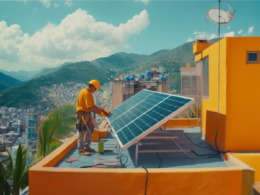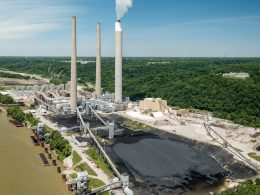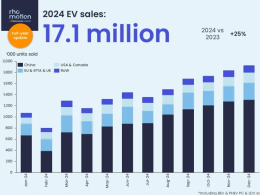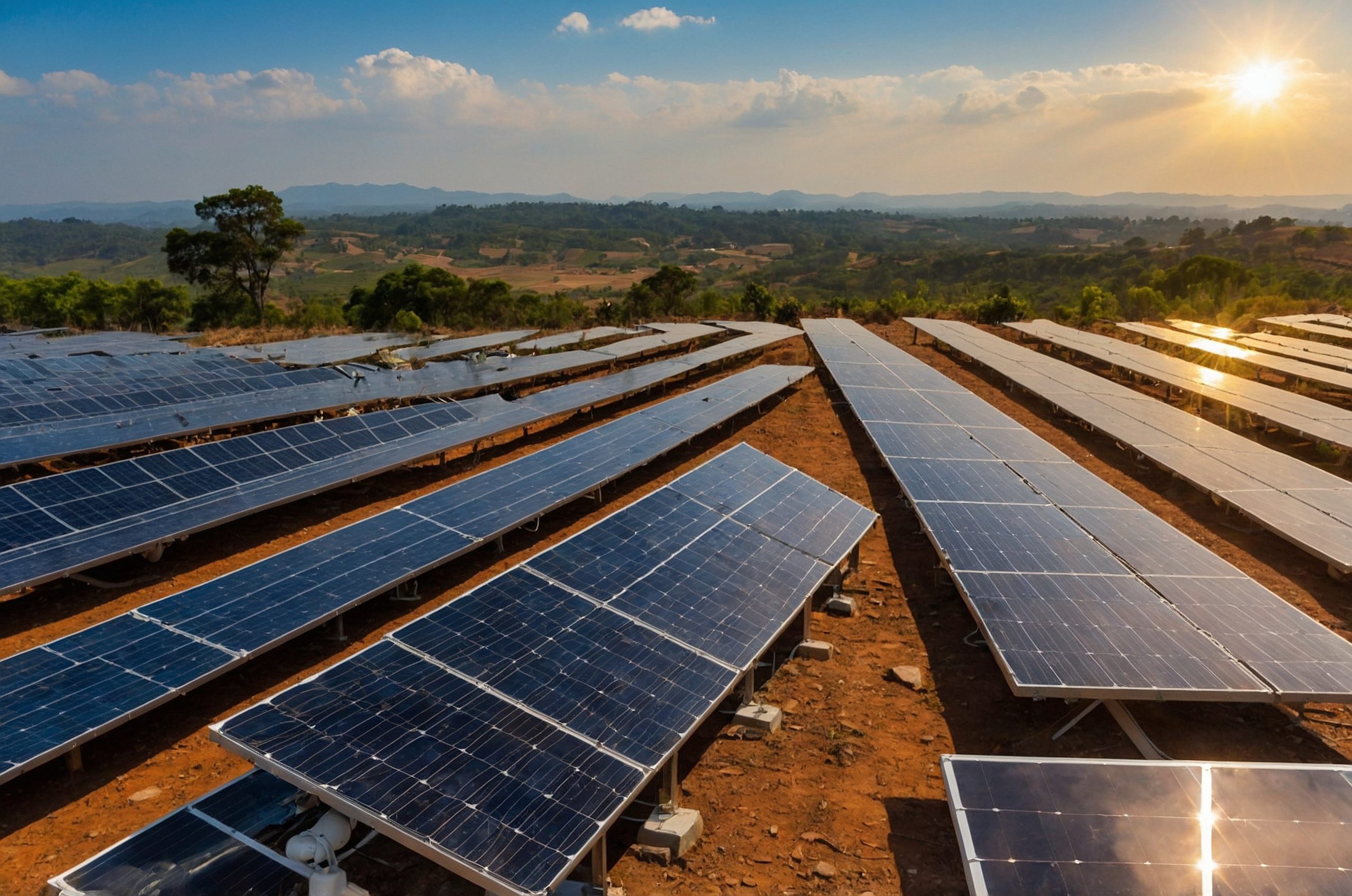The federal government has committed $2.5 million to support Metro Vancouver’s Waste-to-Energy District Energy Project in Burnaby, a major initiative to reduce emissions and expand clean energy use across the region.
The announcement was made by Wade Grant, Parliamentary Secretary to the Minister of Environment and Climate Change, who was joined by Gregor Robertson, Minister of Housing and Infrastructure, Mike Hurley, Chair of the Metro Vancouver Board of Directors, and Sarah Kirby-Yung, Chair of Metro Vancouver’s Zero Waste Committee.
The project will capture steam from Burnaby’s existing Waste-to-Energy Facility and use it to supply heating and hot water to as many as 50,000 homes. Officials said the system will reduce greenhouse gas emissions by up to 70,000 tonnes annually while also cutting household heating costs. Once complete, it is expected to become the largest low-carbon district energy system in North America.
“This project shows how the fight against climate change goes hand-in-hand with building resilient communities, cutting energy costs and growing our economy,” said Grant. Environment Minister Julie Dabrusin added that Canada has the potential to be “a leader in clean energy,” with initiatives like this demonstrating how innovation and green technology can directly benefit communities.
Metro Vancouver officials welcomed the federal investment, noting that the project will triple the energy recovery potential of the Burnaby facility compared to generating electricity alone. “By adding a district energy system, we’ll cut greenhouse gas emissions and harness heat the Waste-to-Energy Facility produces to provide water and space heating for tens of thousands of homes,” said Mr Hurley.
The $2.5 million investment comes through the Low Carbon Economy Challenge, part of Canada’s broader clean growth and climate strategy. Since its launch, the fund has supported 48 projects nationwide with $73 million, backing low-carbon technologies aimed at reducing emissions while boosting economic opportunities.
Metro Vancouver currently manages one-quarter of the region’s waste through the Burnaby facility, which produces enough electricity to power 16,000 homes. Emissions from the facility are reported in real time and have declined steadily due to ongoing technology upgrades.





















